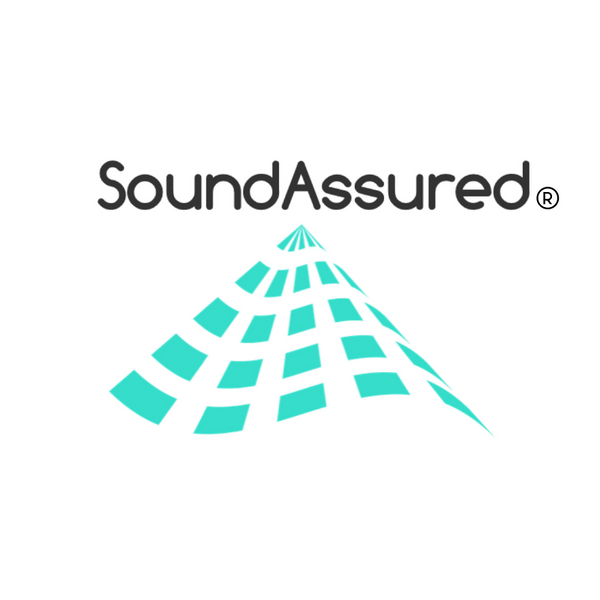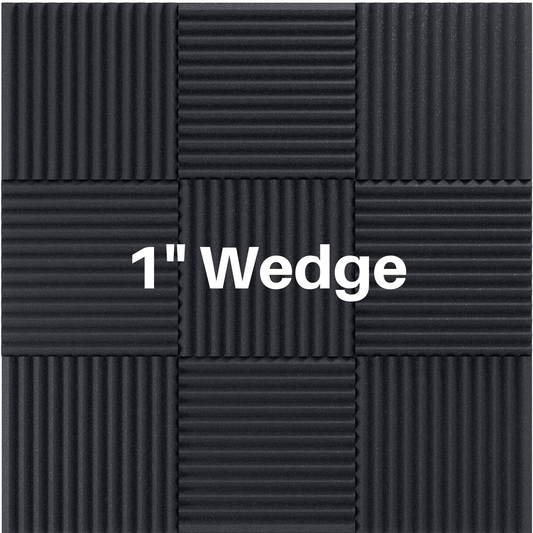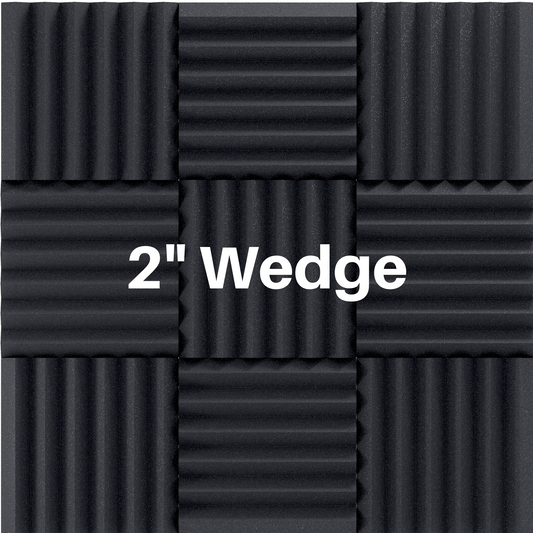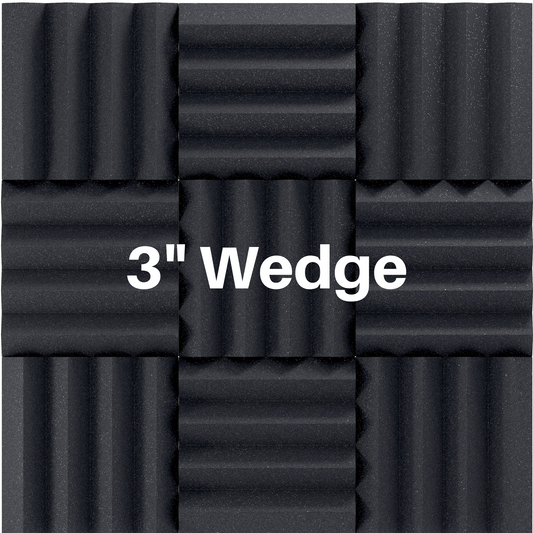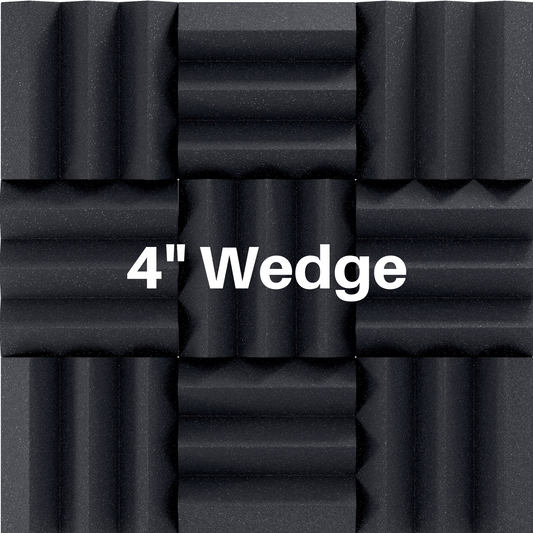Acoustical Fabric vs. Traditional Fabric
Share
Acoustical fabric and traditional fabric may look similar at first glance, but their functions are worlds apart. Understanding these differences can help you make the best choice for your space, whether you’re setting up a home studio, an office, or any other area where sound quality matters.

What Is Acoustical Fabric?
Acoustical fabric is specially designed to allow sound waves to pass through it without being reflected. Unlike traditional fabrics, acoustical fabric is made with specific properties that enhance sound absorption of the material behind the fabric. This makes acoustic fabric it ideal for use in environments where sound clarity is essential.
Our fabrics were tested at a 3rd party lab by Riverbank Acoustics. The tests showed 100% acoustical transparency, making it a great choice for your project.

Traditional Fabric
Different Types Of Acoustic Fabric

What does GSM mean?
GSM stands for Grams per Square Meter. It is a measurement of fabric weight and density, indicating how heavy or thick a fabric is. A higher GSM typically means the fabric is thicker and more dense. A lower GSM means it’s lighter and thinner.
Our TruWeave fabric has a 200 and 300 GSM option. The colors that are 300 GSM have thicker threads so the fabric feels and looks a bit more textured than the 200 GSM options. Both have been tested by Riverbank Acoustics and are 100% acoustically transparent.
Key Differences Between Traditional And Acoustic Fabrics
- Acoustic Transparency: Acoustical fabric is engineered to let sound pass through, whereas traditional fabric tends to reflect sound.
- Durability: Acoustical fabrics are often more durable, designed to withstand the environmental conditions of professional sound studios.
- Functionality: While traditional fabric may have various purposes, acoustical fabric combines form and function, offering both aesthetic appeal and practical sound transparency.

Why Acoustical Fabric Is the Superior Choice
For anyone serious about sound quality, acoustical fabric is the clear winner. Whether you’re building DIY acoustic panels or setting up a professional recording studio, this fabric will help you achieve the best possible acoustics.
Ready to upgrade your space with acoustical fabric? Explore our wide range of acoustical fabric options that combine aesthetic appeal with superior sound transparency.
